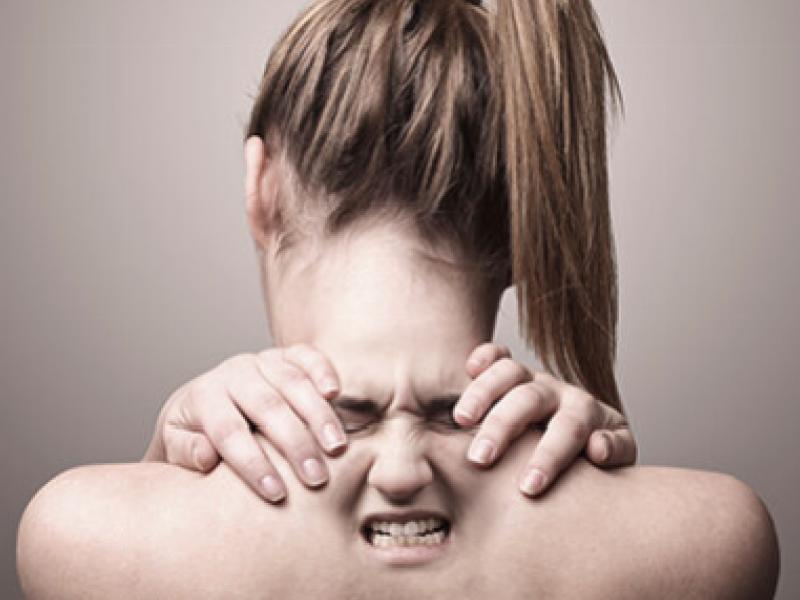
What is neck hernia?
There are 7 vertebrae in the human neck. Between each vertebra, there are cartilages that act as cushions, which we call discs. The condition that occurs as a result of the rupture of this cartilage structure and pressure on the nerves coming from the spinal cord or arm in the spine is called neck hernia. Neck hernia causes severe neck pain in the patient, as well as pain and numbness radiating to the arm. If the cartilage torn over time presses on the nerves, weakness in the arm, and if it presses on the spinal cord itself, movement defects may occur in the whole body. In the advanced stages of neck hernia, the patient may become bedridden.
Structure of neck vertebrae
It consists of 7 vertebral bodies starting from the skull base. In the middle of each vertebral body is the spinal cord, which is the continuation of the brain. The senses returning to the brain from various parts of the body or the orders dispersed from the brain to the body travel within the spinal cord. In the neck region, the nerves coming out of the level of each vertebral body spread to the arm and back, providing the sensation and movement of these regions. The disc tissue, which we call the intervertebral cushion, has the outer part (anulus fibrosus) and the inner part (nucleus pulposus). Neck hernia occurs as a result of the gelatinous inner part tearing the outer part, which consists of a stronger connective tissue, and compressing the spinal cord and nerves. The main difference from lumbar hernia is that partial or complete weakness occurs in the whole body as a result of pressure not only on the nerves but also on the spinal cord itself. Since the spinal cord terminates at the level of the first lumbar vertebra and there are only nerves going to the foot in the lower lumbar vertebrae, paralysis is seen in the area where a certain nerve is distributed in herniated disc.
Conditions that cause neck hernia
Degeneration (wearing) of the cartilage between the neck vertebrae
Sudden and strong neck movements; Lifting heavy, sudden reverse turns
Prolonged work with head tilted forward; Desk jobs
Impacts affecting the neck after sudden braking, especially in those who drive without wearing a seat belt,
Traffic accidents
Previous neck injury, sports injuries
Osteoporosis
Diseases confused with neck hernia
Fibromyositis: It is the spasm of the neck and lumbar muscles that recurs frequently. It is popularly known as muscle rheumatism.
Impingment Syndrome: It is characterized by stiffening of the shoulder joint and severe pain radiating to the arm. The disease causes more severe pain, especially at night.
Nerve Traps: It is the compression of the nerves dispersed from the spinal cord at certain points in the arm. The most well-known is Hand-Wrist Canal Disease, and it is pain and numbness that spreads to the entire arm at night, especially in women over middle age or in anyone who requires wrist strength. If it is together with neck hernia, it is called double entrapment and both must be treated at the same time.

